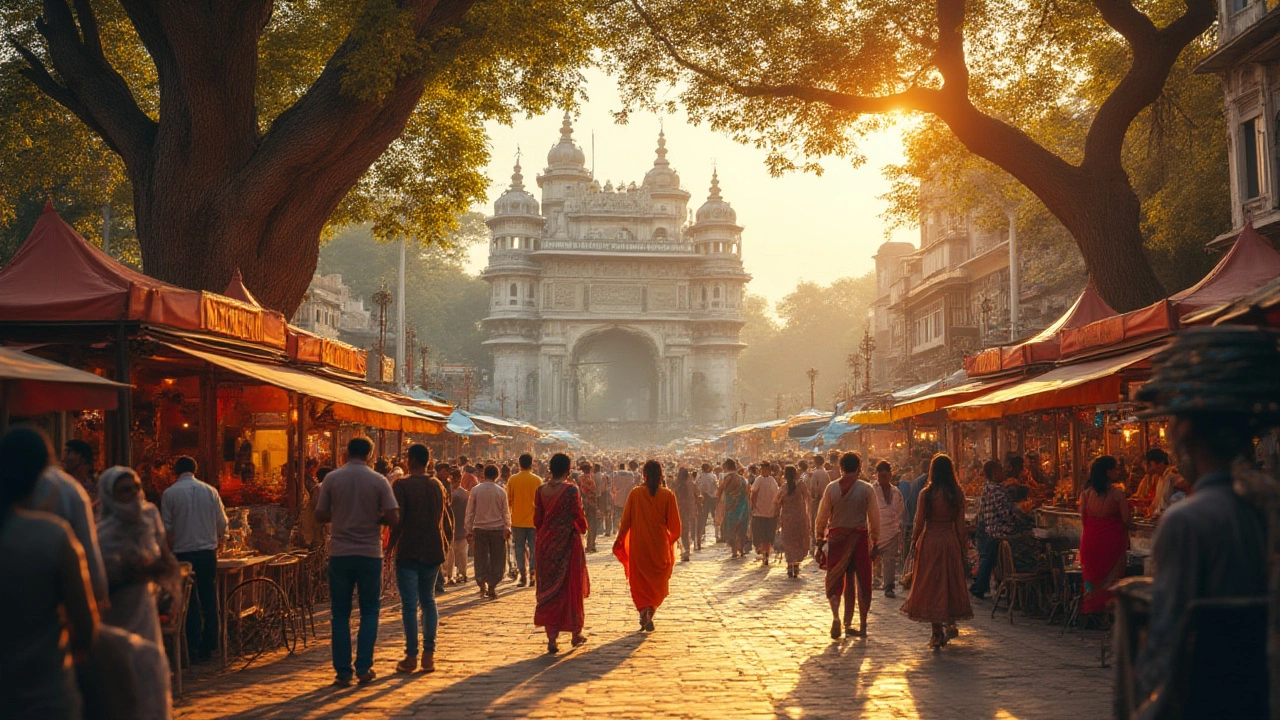Architecture in India: Heritage, Design, and Cultural Spaces
When you think of architecture, the built environment that reflects culture, religion, and history through structure and form. Also known as built heritage, it's not just about buildings—it's about how people live, worship, and connect with their land. India’s architecture isn’t one style. It’s a layered story carved in stone, wood, and mortar over thousands of years. From the marble symmetry of the Taj Mahal, a 17th-century Mughal mausoleum and India’s most iconic architectural landmark to the stepped water tanks of Chand Baori, a 9th-century stepwell in Rajasthan that blends engineering and art, every structure tells a story of belief, power, and skill.
Indian temple design, a sacred architectural tradition rooted in Vedic principles and regional craftsmanship follows strict rules—orientation, proportions, carvings—all meant to turn a building into a spiritual experience. Walk into a South Indian temple and you’ll see towering gopurams covered in gods and demons. In the North, you’ll find domes and arches shaped by Islamic influence. Even today, these styles aren’t frozen in time. They live in modern hotels, heritage stays, and eco-lodges that blend traditional materials with sustainable design. And it’s not just about looks. Architecture here is tied to climate, community, and ritual. A temple’s courtyard isn’t just open space—it’s for festivals, markets, and quiet prayer. A stepwell isn’t just for water—it’s a cool escape from the heat, a place for women to gather, a monument to collective effort.
That’s why UNESCO World Heritage, a global list recognizing places of outstanding cultural or natural value matters so much in India. With 43 sites on the list, from the Ajanta caves to the historic city of Jaipur, the country holds one of the largest collections in the world. These aren’t just tourist spots. They’re living spaces where architecture still shapes daily life. You’ll find travelers asking how to visit them respectfully, how to understand the rules before entering, or why certain cities feel more connected to their past than others. The posts below dig into those questions. You’ll find guides on what makes heritage sites special, how temple customs tie into their design, and why places like Nagpur—geographically at India’s center—offer unique insights into how architecture reflects the soul of the nation. Whether you’re planning a trip or just curious, this collection shows how buildings aren’t just places you see—they’re places you feel.
